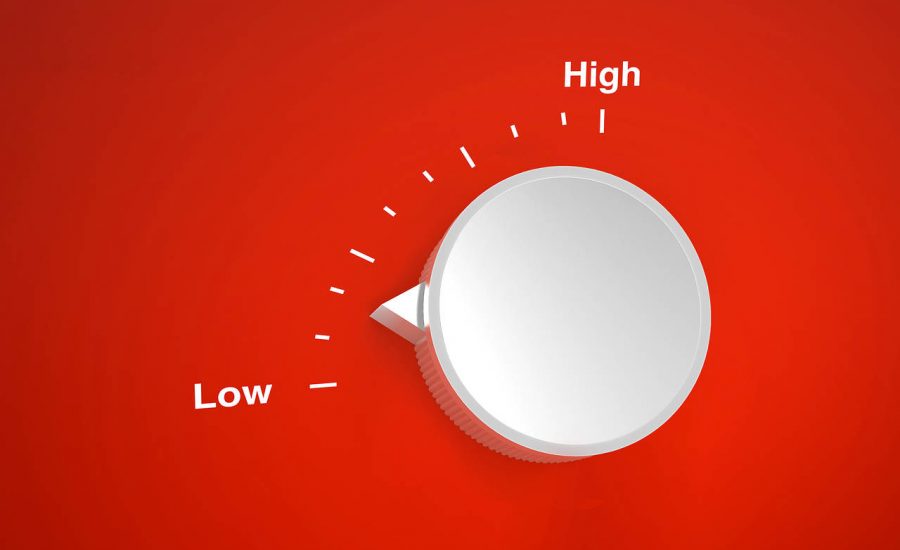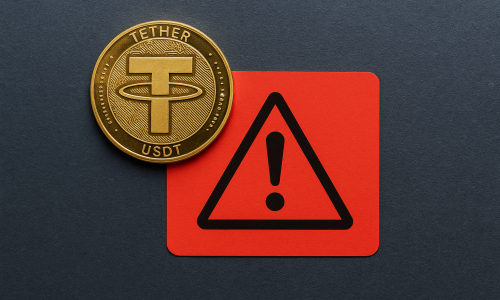It’s the third week we see subdued activity in the cryptocurrencies that had been leading the entire market higher for the past several months. After extreme volatility, getting accustomed to small daily ranges and choppier activity is a real challenge even for the most skilled cryptocurrency traders. If last week we’ve talked about Tether, the most important stablecoin, today we want to share a brief guide on crypto trading during a period of low market volatility.
# Adjust the list of favorite cryptocurrencies
Any professional trader has a list of cryptocurrencies that he’s actively trading. For months, Bitcoin, Ether, Cardano, or Stellar had been in the spotlight and now these tokens are retracing from the high and don’t show any directional bias. Finding reliable trading opportunities is difficult and thus the most convenient thing to do is finding other altcoins.
On one hand, lower liquidity and low popularity might be some risk factors to consider, but on the other, as long as the price action has a directional bias, it is possible to find reliable trading opportunities. Even now that large-cap tokens are consolidating, we have other smaller names rising and increasing their market capitalization.
# See where there is increased price activity
To make sure that you’ll have exposure to the right cryptocurrencies, there needs to be increased price activity on a daily basis. With websites such as coinmarketcap.com, it is easy to spot where are the largest trading volumes and what altcoins are posting the largest gains for the past 24h or 7 days. However, due to wash trading, some of those figures might be distorted, but as long as the prices are actively moving, it is the ideal place to look for new trading opportunities.
# Find strong support or resistance levels
When volatility is low, the trade frequency should follow on the same path. As a result, you should place fewer trades and only when prices are reacting to strong support or resistance levels. There will be a large accumulation of orders around those levels and it is possible to see larger price reactions afterward.
Considering we can’t say even now whether the current price action developments in the crypto market are indicative of a larger market downturn, the best approach would be to play it safe and only get involved if there is a pickup in volatility, combined with favorable technical conditions. The good news is that low volatility periods will sooner or later be followed by a spike and the direction of the initial break will determine where the market is headed.



